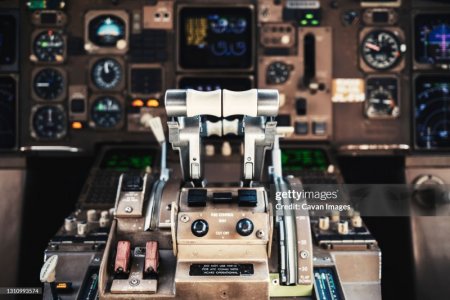hollydolly
SF VIP
- Location
- London England
An aviation expert believes the co-pilot on Air India flight AI171 pulled the plane's wing flaps instead of retracting the landing gear, causing the plane to crash.
Commercial airline pilot and YouTuber Captain Steve, who analyzes plane crashes and close calls, gave his theory on the incident which killed 241 people on board.

Commercial airline pilot and YouTuber Captain Steve, who analyzes plane crashes and close calls, gave his theory on the incident which killed 241 people on board
Steve said he suspected there had been an exceptionally simple error in the cockpit when the co-pilot was asked to retract the landing gear, with devastating consequences.
He said: 'Here's what I think happened, again folks this is just my opinion. I think the pilot flying said to the co-pilot said 'gear up' at the appropriate time.
'I think the co-pilot grabbed the flap handle and raised the flaps, instead of the gear. If that happened, this explains a lot of why this airplane stopped flying.'
Steve said that the flaps being raised would cause the flight to lose airspeed and altitude quickly, something he thinks the pilot would have struggled to control.
He explained his theory by saying the 787's composite wings would normally bend during take off as lift forces take it into the air.
But the Air India plane appears to show no such bending, amid widespread speculation the flaps which help lift the plane off had accidentally been retracted.
 Co-Pilot
Co-Pilot
Commercial airline pilot and YouTuber Captain Steve, who analyzes plane crashes and close calls, gave his theory on the incident which killed 241 people on board.

Commercial airline pilot and YouTuber Captain Steve, who analyzes plane crashes and close calls, gave his theory on the incident which killed 241 people on board
Steve said he suspected there had been an exceptionally simple error in the cockpit when the co-pilot was asked to retract the landing gear, with devastating consequences.
He said: 'Here's what I think happened, again folks this is just my opinion. I think the pilot flying said to the co-pilot said 'gear up' at the appropriate time.
'I think the co-pilot grabbed the flap handle and raised the flaps, instead of the gear. If that happened, this explains a lot of why this airplane stopped flying.'
Steve said that the flaps being raised would cause the flight to lose airspeed and altitude quickly, something he thinks the pilot would have struggled to control.
He explained his theory by saying the 787's composite wings would normally bend during take off as lift forces take it into the air.
But the Air India plane appears to show no such bending, amid widespread speculation the flaps which help lift the plane off had accidentally been retracted.




